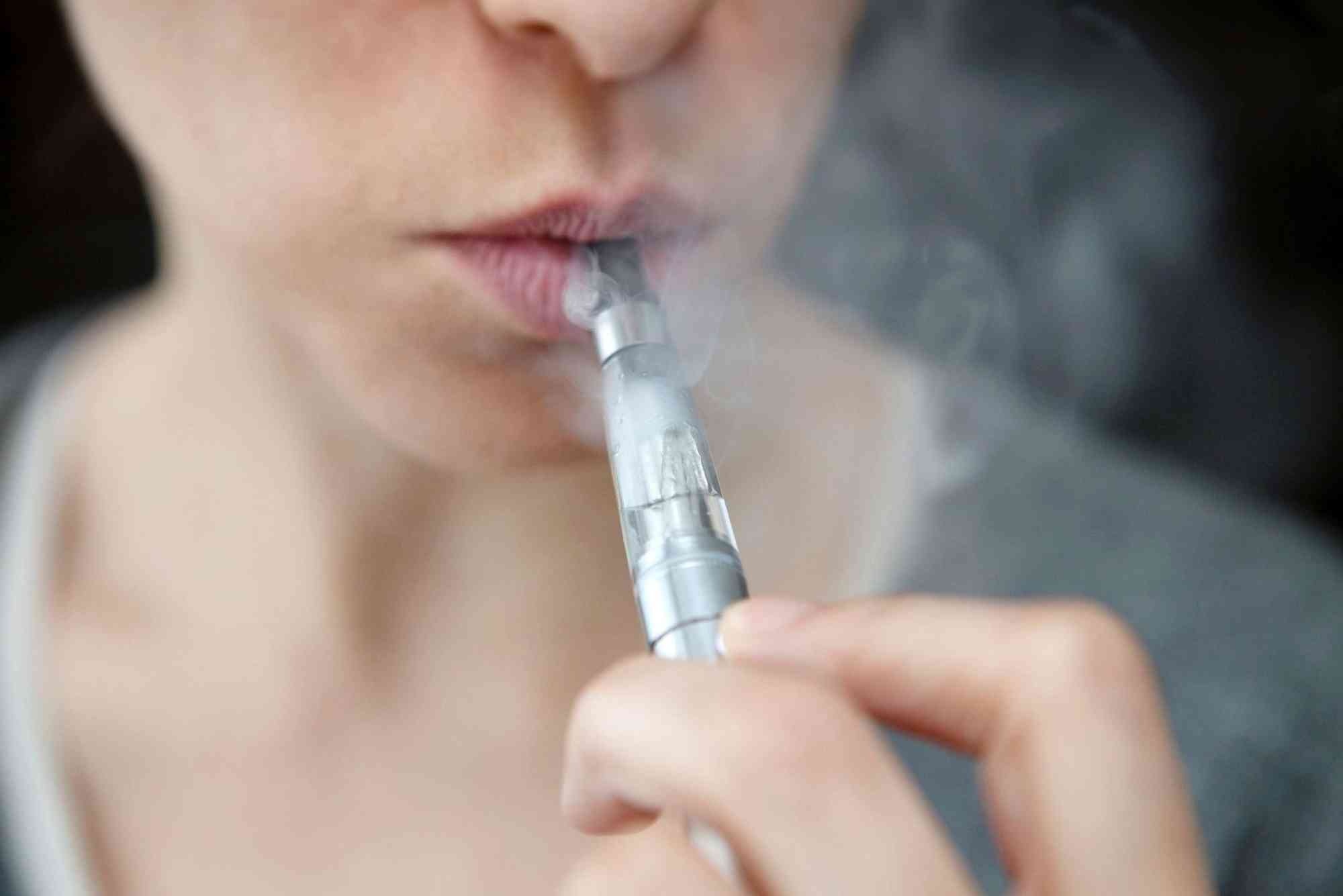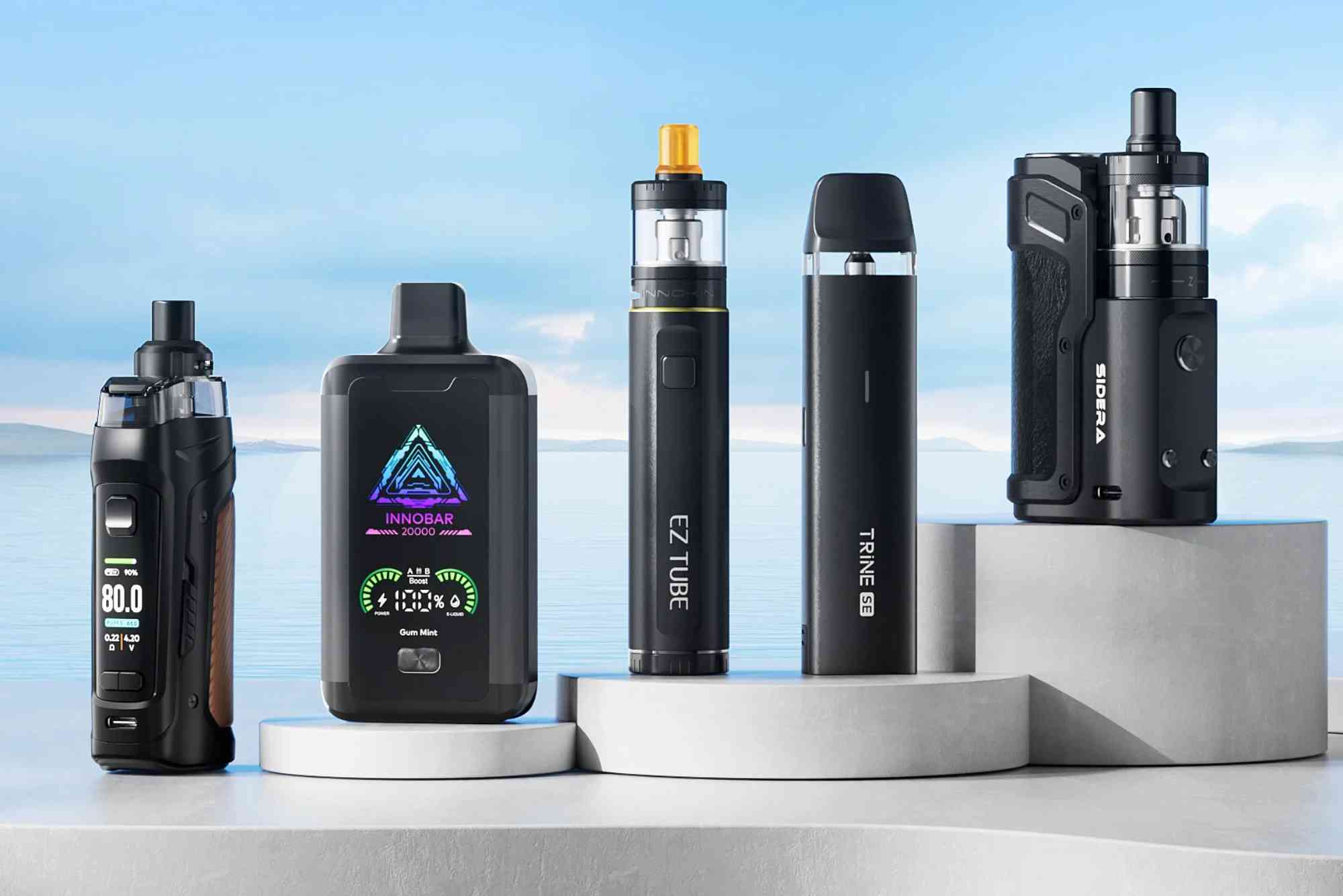Introduction
In recent years, the conversation around vaping, tobacco harm reduction, and cannabis products has grown more complex. While vaping was initially introduced as a safer alternative to smoking tobacco, the emergence of illegal THC vaping has added new layers of controversy, regulation, and public health concern. The question many experts and consumers are now asking is whether THC vaping—legal or otherwise—can actually contribute to reducing tobacco-related harm. To answer that, it’s crucial to understand the science, risks, and social implications behind the phenomenon.
Understanding THC Vaping and Its Popularity
Tetrahydrocannabinol, commonly known as THC, is the main psychoactive compound found in cannabis. It’s responsible for the “high” associated with marijuana use. THC vaping involves inhaling vaporized THC oil using cartridges or vape pens. Unlike traditional smoking, vaping doesn’t burn the substance; instead, it heats the oil to release cannabinoids in vapor form. This process minimizes the inhalation of tar and other combustion-related toxins typically associated with smoking.
The convenience, discretion, and perceived safety of vaping have made it increasingly popular among both recreational and medicinal cannabis users. However, the rise of illegal THC vape products—unregulated and often manufactured without quality control—has sparked widespread concern, particularly after the 2019 EVALI outbreak in the United States, where thousands of lung injury cases were linked to illicit vaping products.
The Rise of Illegal THC Vaping Products
Illegal THC vaping has become a thriving underground market, fueled by the demand for cheaper and more potent vape cartridges. These products are often produced without proper regulation or testing, meaning consumers have no guarantee about the ingredients or the safety of what they’re inhaling. Many of these cartridges are contaminated with dangerous substances such as vitamin E acetate, heavy metals, pesticides, and synthetic cannabinoids.
Vitamin E acetate, in particular, gained infamy after being identified as a major culprit in EVALI (E-cigarette or Vaping Use-Associated Lung Injury). According to the CDC — THC vape-associated lung injury (EVALI) info & warnings, most cases of severe lung injury were traced back to unregulated THC vaping products containing this harmful additive. These findings highlight that while the act of vaping may be less harmful than smoking in some contexts, the illegal and unregulated market poses serious public health risks.
The Relationship Between THC Vaping and Tobacco Harm Reduction
Tobacco harm reduction focuses on minimizing the negative health impacts associated with smoking by offering alternative nicotine delivery systems such as e-cigarettes, nicotine pouches, or heated tobacco products. The idea is not to promote addiction but to provide safer methods for those who are unable or unwilling to quit completely. Within this framework, vaping nicotine has been studied extensively and is often cited as being significantly less harmful than smoking traditional cigarettes.
THC vaping, however, occupies a different category. While it eliminates combustion and tar—two major causes of smoking-related disease—it introduces different concerns. Legal THC vapes that meet safety standards could, in theory, play a role in reducing harm for individuals who otherwise smoke both tobacco and marijuana together (a common practice known as “blunts” or “spliffs”). By switching to regulated vaping, such users might decrease their exposure to the harmful toxins in cigarette smoke. However, when THC vaping occurs outside the legal framework—using black-market or homemade cartridges—the health benefits quickly vanish.
What Makes Illegal THC Vaping So Dangerous?
Contaminated Ingredients
Illegal THC cartridges are notorious for containing unknown and harmful additives. These can include diluting agents, cutting oils, and synthetic compounds that have never been tested for inhalation safety. When vaporized, these chemicals can cause lung inflammation, chemical burns, and long-term respiratory damage.
Lack of Quality Control
Legal cannabis markets require rigorous lab testing and quality assurance. Illegal manufacturers, however, often operate in unsanitary conditions and use cheap, industrial-grade solvents to extract THC. The resulting oils may contain residues that are toxic when inhaled.
Mislabeled or Counterfeit Products
Illicit THC vape products are frequently packaged to look like legitimate brands. These counterfeits deceive consumers into believing they’re purchasing a safe, regulated product when in reality, they’re inhaling unknown toxins.
Risk of Addiction and Behavioral Issues
While THC itself is not as addictive as nicotine, high-potency THC vapes can lead to dependency, cognitive impairment, or mental health challenges, especially among young users. The appeal of flavored or high-concentration cartridges can encourage overuse, compounding the risks.
Can Legal THC Vaping Support Harm Reduction?
There’s a strong argument that regulated THC vaping can be integrated into harm reduction strategies, especially in places where cannabis use is already widespread. Legal and properly tested THC vapes could provide a cleaner, safer, and more controlled experience for users. In contrast to smoking marijuana—which still involves combustion and carcinogenic exposure—vaping offers a smoke-free method of consumption.
Potential Benefits
- Reduced Exposure to Toxins: Regulated THC vapes eliminate tar and many carcinogens associated with smoking.
- Controlled Dosage: Legal products come with clear THC concentration labeling, helping users manage intake safely.
- Lower Risk of Secondhand Smoke: Vaping produces less odor and residue, minimizing passive exposure.
- Medical Use Advantage: Patients using THC for pain relief, nausea, or anxiety can consume it without the respiratory risks of smoking.
Challenges in Implementation
Despite potential benefits, the success of THC vaping as a harm reduction tool depends on strict regulation, quality testing, and public education. Without these, misinformation and black-market products will continue to dominate, undermining both safety and trust.
The Role of Policy and Education
Governments play a crucial role in shaping the future of THC vaping and tobacco harm reduction. Comprehensive regulation can ensure that legal THC vape products meet safety standards, undergo third-party testing, and are clearly labeled. Equally important is educating consumers about the dangers of illegal vaping products and the benefits of purchasing from verified sources.
Public health agencies like the CDC and FDA have issued warnings and guidelines for safer vaping practices. These include avoiding products from informal sources, steering clear of modified or homemade devices, and being alert to early signs of lung injury, such as coughing, chest pain, or shortness of breath. Ongoing education can empower users to make informed choices while reducing the risks associated with illegal products.
The Ethical and Social Dimensions of THC Vaping
Beyond the health and policy discussions, there are ethical and social aspects to consider. THC vaping occupies a gray area in public perception, balancing between harm reduction and potential misuse. The stigma associated with cannabis use can discourage open discussion, even in regions where it is legal. For harm reduction to succeed, this stigma must be replaced with science-based awareness.
In many cases, the same individuals who use tobacco also use cannabis. Encouraging these users to transition from smoking to safer, regulated vaping options could lead to overall reductions in lung disease, addiction-related harm, and healthcare costs. However, such a shift requires a balanced, compassionate approach that focuses on health outcomes rather than criminalization.
The Path Forward: Balancing Innovation with Safety
The future of THC vaping in tobacco harm reduction depends on a delicate balance between innovation and regulation. As technology advances, safer vape devices and cleaner formulations are becoming available. Legalization and regulation also provide opportunities for quality control, research, and taxation that can fund public health initiatives.
At the same time, strict enforcement against illegal manufacturers remains essential. Eliminating the black-market supply chain will protect consumers from exposure to toxic, counterfeit products and ensure that harm reduction strategies achieve their intended purpose.
A Cautious Step Toward Harm Reduction
Illegal THC vaping is a double-edged sword in the landscape of harm reduction. On one hand, vaping—when done legally and safely—has the potential to reduce the health risks associated with smoking tobacco and marijuana. On the other hand, the illegal THC market introduces severe dangers that can undermine these potential benefits. The path forward lies in education, regulation, and personal responsibility. Governments, health organizations, and consumers must collaborate to ensure that harm reduction strategies focus on safety, not shortcuts.
FAQs
What is the difference between legal and illegal THC vapes?
Legal THC vapes are lab-tested and meet state or federal safety standards. Illegal vapes are unregulated, often containing harmful contaminants or fake labels.
What caused the 2019 EVALI outbreak?
The CDC identified vitamin E acetate—a cutting agent found in illegal THC vape cartridges—as a major factor in EVALI lung injury cases.
Can vaping THC help people quit smoking?
Some individuals find that switching to regulated vaping, including THC or nicotine products, helps them avoid the harms of smoking. However, it’s not a medically approved method for quitting tobacco.
Is vaping THC safer than smoking marijuana?
When using legal and lab-tested products, THC vaping can be less harmful than smoking because it avoids combustion and tar. However, illegal or contaminated vapes can be extremely dangerous.
How can I identify safe THC vaping products?
Only buy from licensed dispensaries, check for lab testing labels, and avoid products sold informally or online from unverified sources.




